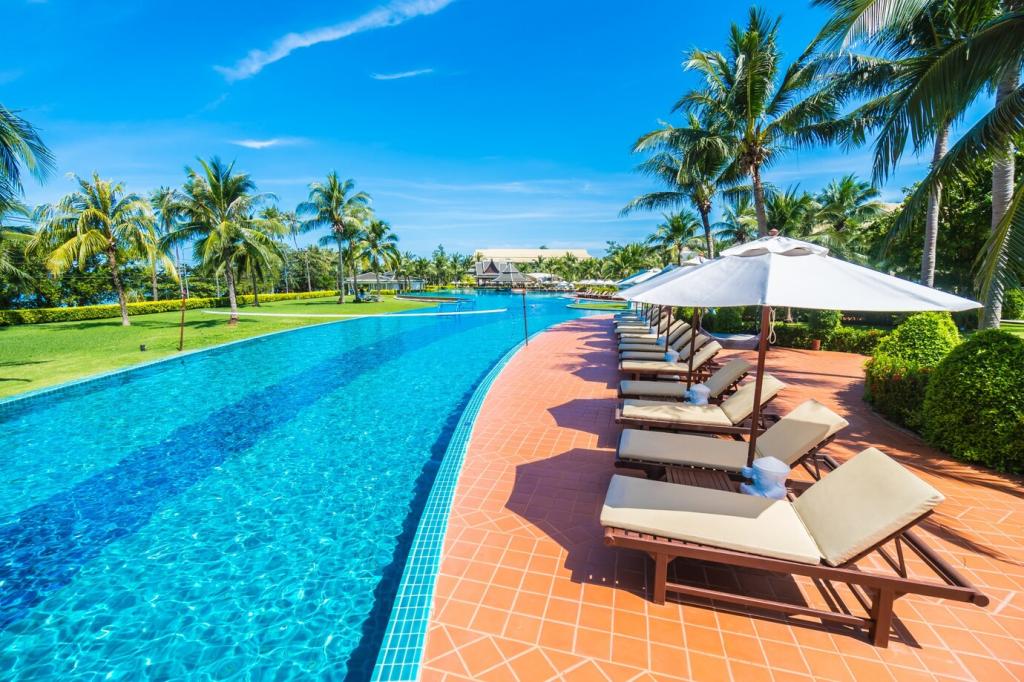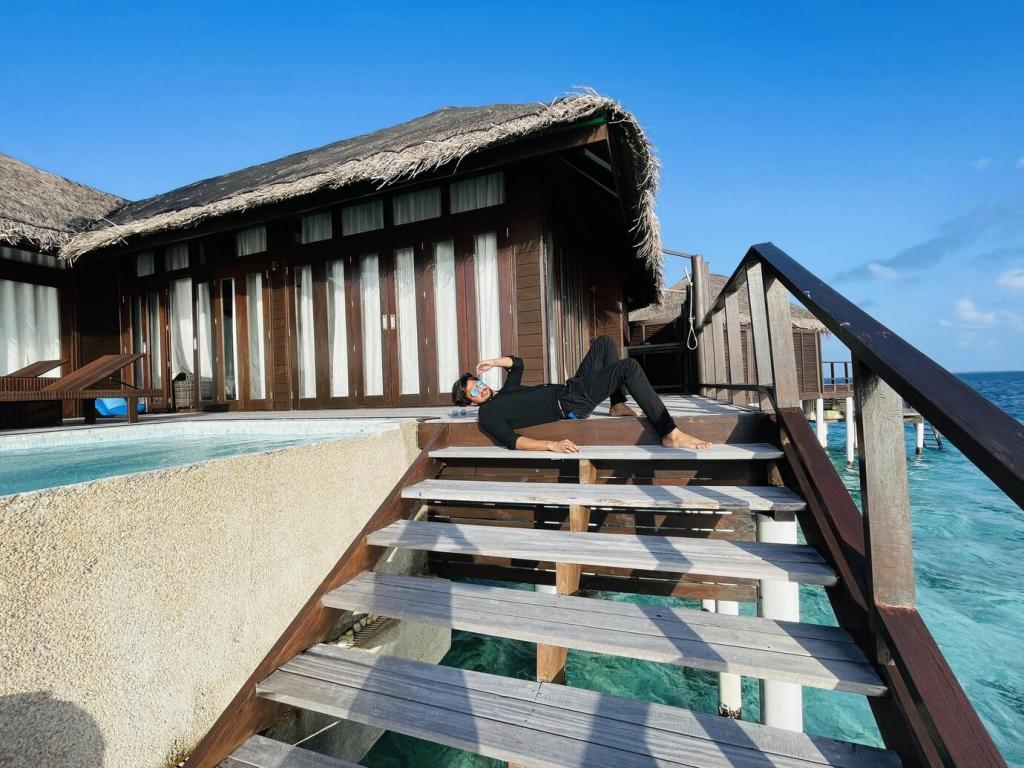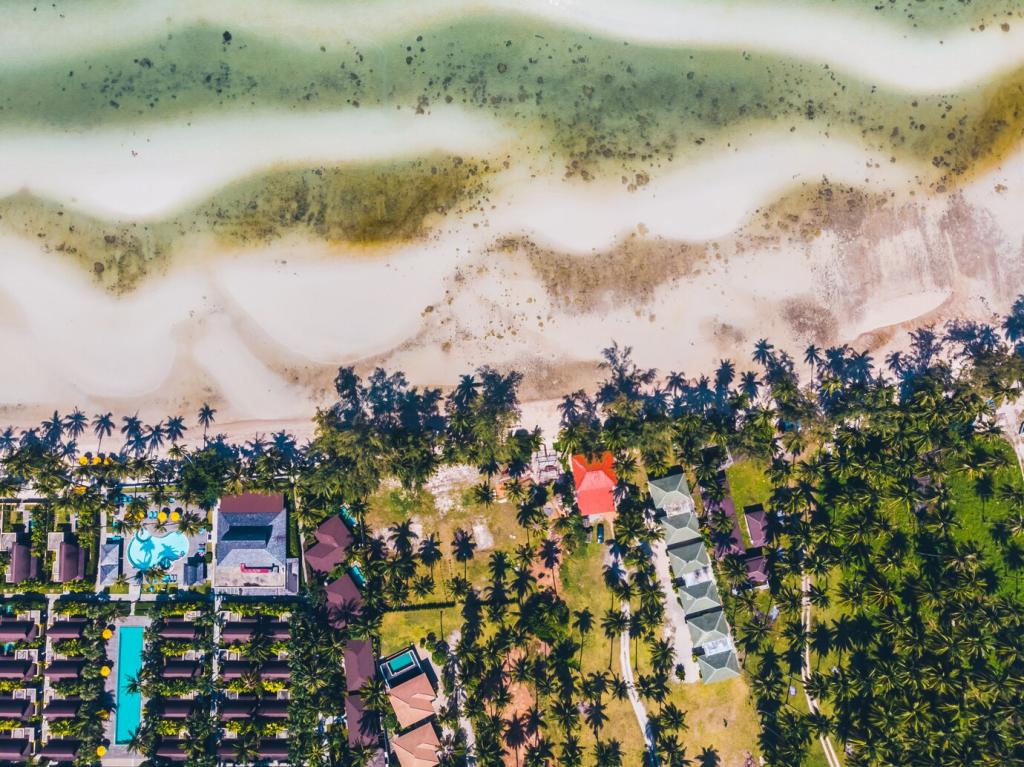Short-Term Rental Trends in Popular Destinations
Shifting Guest Preferences
Demand for Amenities and Comfort
Guests booking short-term rentals increasingly prioritize properties that offer a home-like experience with exceptional amenities. High-speed internet, fully equipped kitchens, and dedicated workspaces are now considered essentials, not extras. Comfort is no longer solely defined by plush bedding; instead, it encompasses climate control, cleanliness, and thoughtful touches such as welcome baskets or personalized recommendations. Property owners who invest in creating inviting environments that accommodate work, relaxation, and leisure distinctively position themselves to meet the growing expectations of travelers seeking both value and luxury.


Appeal of Unique and Immersive Stays
Travelers are moving beyond standard accommodations in favor of properties that offer a sense of place and authenticity. Themed homes, eco-friendly retreats, and historic residences attract those eager for an immersive experience rooted in local culture. This trend is especially pronounced in popular destinations where competition is fierce. Guests want to connect with their surroundings, often choosing rentals that facilitate direct engagement with nature, heritage, or artistic communities. For hosts, this means curating experiences as much as providing space—think local art, guided excursions, or culinary workshops that transform an ordinary stay into an extraordinary memory.
Growth of the Digital Nomad Segment
As technology enables professionals to work from anywhere, destinations with reliable infrastructure and appealing lifestyles have become hotbeds for digital nomads. Short-term rentals that offer quiet, inspirational settings, ergonomic furniture, and robust internet connections are in high demand among this demographic. Properties close to coworking spaces, cafés, and community hubs are particularly attractive. Digital nomads often require not just functional amenities but also a sense of community, prompting hosts to foster social interactions or events that support the unique needs of this on-the-move workforce.
Preferences for Home-Like Environments
Extended stays require more than basic accommodation; guests expect properties to feel like home, with enough space for living, working, and entertaining. Hosts are increasingly investing in laundry facilities, fully equipped kitchens, and versatile living areas to ensure comfort during longer visits. Some destinations are even witnessing the emergence of “aparthotels”—hybrid properties that blend hotel-level service with the flexibility of an apartment. Catering to these expectations elevates a property’s appeal to families, groups of friends, and professionals seeking to blend productivity with relaxation over an extended period.
Impact on Traditional Seasonality
The rise in remote work has blurred traditional travel seasons, as longer stays spread demand more evenly throughout the year. Popular destinations that once experienced marked peaks and troughs now see steady interest as guests book for weeks or even months at a time. This trend diversifies revenue opportunities for hosts while mitigating the effects of seasonality, leading to more consistent occupancy rates. However, it also introduces new operational challenges, such as managing utility costs, ensuring ongoing property maintenance, and optimizing pricing strategies to remain attractive in an increasingly competitive market.

Emerging Technologies in Short-Term Rentals
Smart technology is rapidly becoming a staple in short-term rental properties. Features such as keyless entry, remote lighting and thermostat control, and voice-activated assistants make stays safer, more convenient, and more personalized. For hosts, these devices facilitate efficient property management—think remote check-ins, secure entry logs, and energy savings through automated temperature adjustments. Guests benefit from a seamless, modern experience that allows them to tailor their environment to their preferences, contributing significantly to positive reviews and repeat bookings in an increasingly tech-savvy marketplace.
